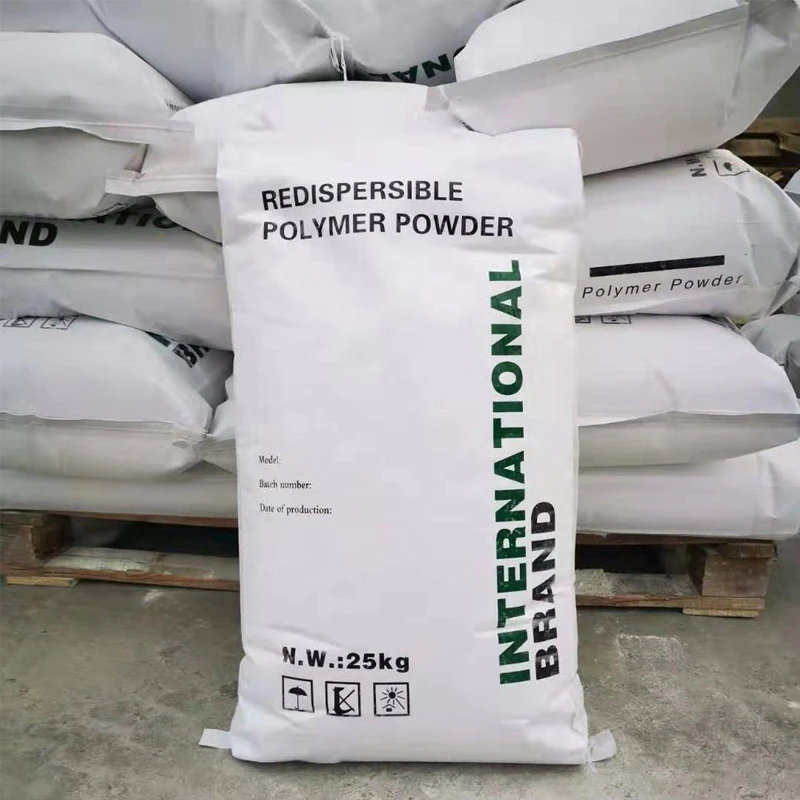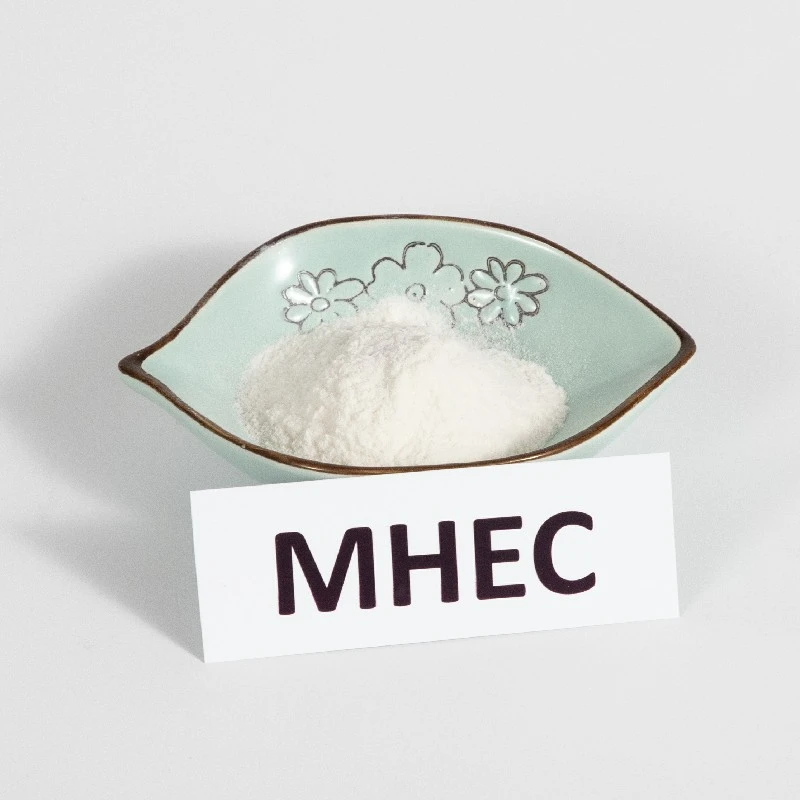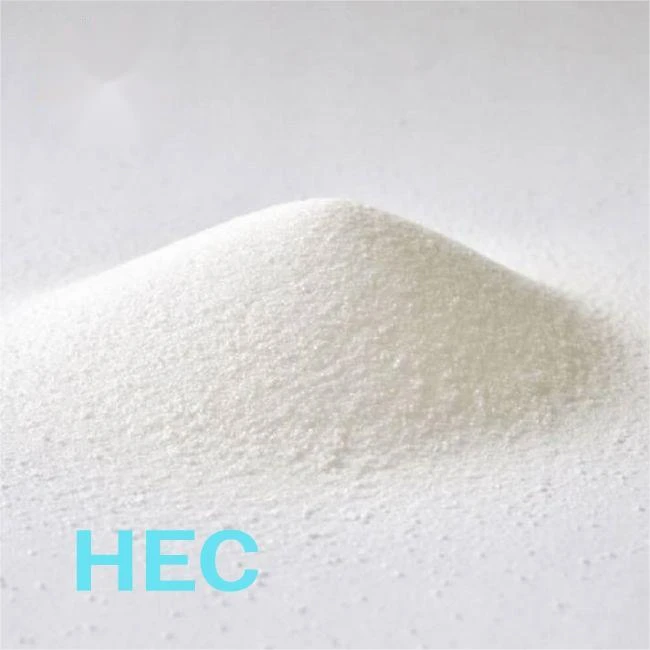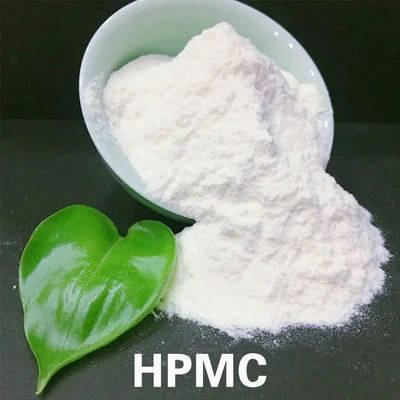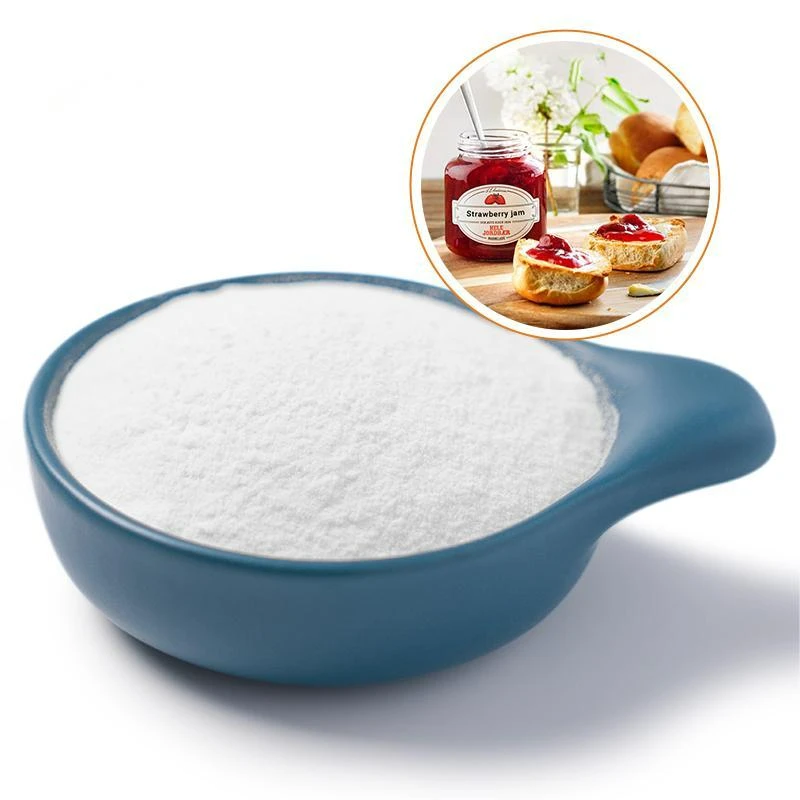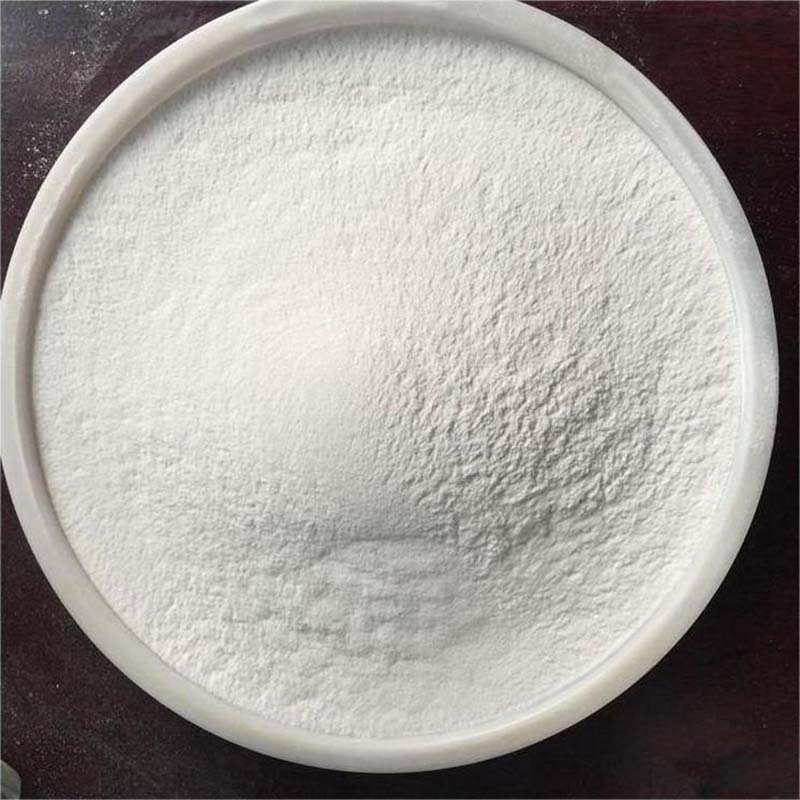Unveiling the Economics and Applications of PVA Polymer
The polyvinyl alcohol (PVA) polymer has carved out a significant niche in various industries due to its unique properties. From its role in construction applications like plastering and wall treatments to the economic factors surrounding its pricing, understanding the aspects related to pva polymer price, pva price per kg, cost of pva, pva for plastering, and pva for walls provides valuable insights into this versatile material.
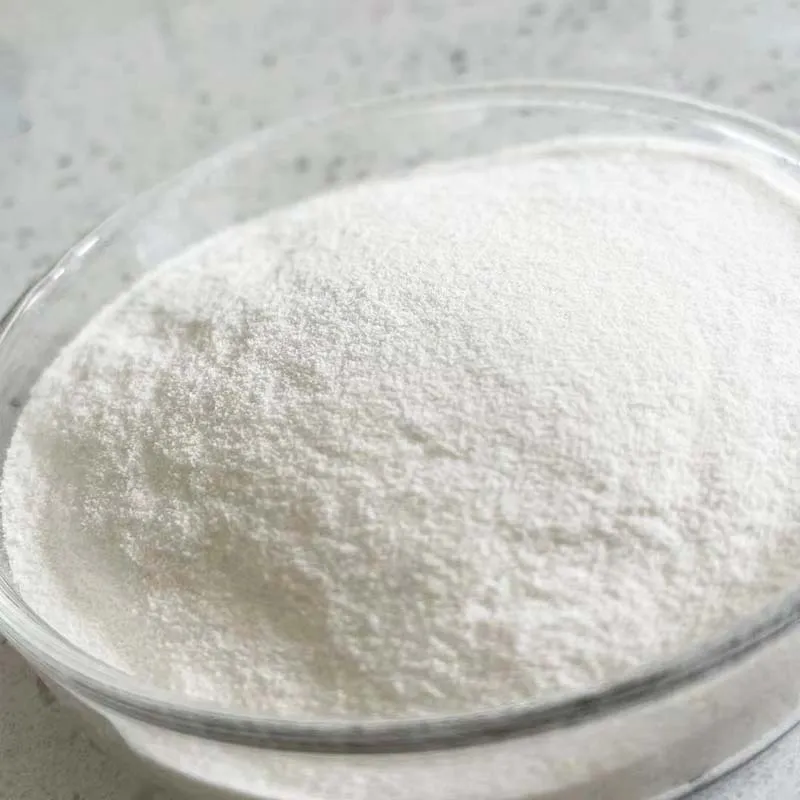
Deciphering the PVA Polymer Pricing Landscape
The pva polymer price is influenced by a multitude of factors that impact both manufacturers and end - users. Raw material costs play a pivotal role, as PVA is derived from petrochemicals or natural gas - based precursors. Fluctuations in the global prices of these raw materials can directly drive changes in PVA polymer prices. For instance, an increase in the cost of ethylene, a common precursor, can lead to a rise in PVA production expenses, which are then passed on to the market.
Another significant determinant is the manufacturing process. Advanced production techniques, quality control measures, and energy consumption all contribute to the overall cost of PVA. Producers who invest in more efficient manufacturing methods may be able to offer more competitive pva price per kg. Additionally, market demand and supply dynamics have a major impact. During periods of high demand, such as in the peak construction seasons, prices tend to increase due to limited availability. On the other hand, an oversupply situation can lead to price drops as producers compete for market share.
When considering the cost of pva, it's also important to factor in transportation, storage, and distribution costs. These additional expenses can vary depending on the location of the manufacturer, the destination of the product, and the volume of the order. Smaller orders may incur higher per - unit transportation costs, which can affect the overall cost for buyers.
PVA in Plastering: A Game - Changer
In the construction industry, pva for plastering has become an indispensable component. PVA acts as a binder and adhesive enhancer in plaster mixes. When added to traditional plaster, it improves the adhesion of the plaster to the substrate, whether it's concrete, brick, or masonry. This enhanced adhesion reduces the risk of plaster cracking, peeling, or falling off over time.
PVA also contributes to the workability of the plaster. It makes the plaster easier to mix, spread, and smooth out, allowing construction workers to achieve a more even and professional finish. Moreover, PVA - modified plaster has better water - retention properties. This helps the plaster to dry slowly and evenly, preventing shrinkage and cracking that can occur due to rapid drying. As a result, buildings with PVA - enhanced plaster not only look better but also have increased durability, reducing the need for frequent repairs and maintenance.
Transforming Walls with PVA
PVA for walls offers a wide range of benefits that go beyond just plastering. In the context of wall painting, PVA can be used as a primer. When applied as a primer coat, it seals the pores of the wall surface, creating a smooth and even base for the paint. This helps the paint to adhere better, resulting in a more uniform and long - lasting finish. PVA primers also improve the coverage of the paint, reducing the number of coats needed and ultimately saving on paint costs.
Furthermore, PVA can be incorporated into wall putty formulations. Wall putty with PVA provides better filling properties, allowing it to effectively smooth out cracks, holes, and uneven surfaces. The addition of PVA increases the strength and durability of the putty, ensuring that the wall remains smooth and intact for an extended period. Whether it's for new construction or renovation projects, using PVA - based products for walls is a practical choice for achieving high - quality and long - lasting results.
FAQs about PVA Polymer
How Can I Get the Best PVA Price?
To obtain the best pva polymer price, consider several strategies. First, source from multiple suppliers and compare quotes. Look for suppliers who offer bulk discounts, as purchasing larger quantities of PVA can significantly reduce the pva price per kg. Additionally, establish long - term relationships with reliable suppliers, as they may be more likely to offer favorable pricing and terms. Keep an eye on market trends and news related to PVA raw materials and production, as this can help you anticipate price changes and make purchasing decisions at the right time.
What Are the Alternatives to PVA in Plastering?
While PVA is highly effective in plastering, there are some alternatives. Starch - based binders can be used as a more environmentally friendly option in some cases. However, they may not offer the same level of adhesion and durability as PVA. Another alternative is the use of acrylic polymers, which can also enhance the properties of plaster, but they may come at a higher cost. Each alternative has its own set of advantages and disadvantages, and the choice depends on factors such as cost, performance requirements, and environmental considerations.
How Does PVA Affect the Drying Time of Plaster?
PVA improves the water - retention properties of plaster. By holding onto water, it slows down the drying process. This slower drying is beneficial as it allows the plaster to hydrate properly, reducing the risk of shrinkage and cracking. However, it also means that the plaster may take longer to dry completely compared to traditional plaster without PVA. Construction workers need to factor this extended drying time into their schedules when using PVA - modified plaster.
Can PVA for Walls Be Used on All Types of Surfaces?
PVA - based products for walls are generally suitable for a wide range of surfaces, including concrete, brick, drywall, and masonry. However, for some highly porous or uneven surfaces, additional surface preparation may be required to ensure optimal adhesion. For example, on very rough concrete surfaces, it may be necessary to use a bonding agent or to apply a base coat before using PVA - based primers or putties. Additionally, for surfaces with existing coatings or contaminants, proper cleaning and priming are essential for the PVA - based product to work effectively.
Are There Any Environmental Concerns Associated with PVA?
PVA has relatively low environmental impact compared to some other polymers. It is biodegradable under certain conditions, especially in the presence of specific microorganisms. However, the rate of biodegradation can vary depending on factors such as temperature, humidity, and the availability of oxygen. In industrial applications, proper disposal of PVA - containing waste is important to minimize any potential environmental effects. Some manufacturers are also working on developing more sustainable and environmentally friendly formulations of PVA to further reduce its ecological footprint.
-
The Role of Methyl Ethyl Hydroxyethyl Cellulose in Tile AdhesivesNewsAug.11,2025
-
The Future of Digital Textile Printing with Advanced Paste TechnologiesNewsAug.11,2025
-
The Chemical Modification Process of Carboxymethyl Cellulose from CelluloseNewsAug.11,2025
-
Hydroxypropyl Starch Versus Native Starch Key Differences and BenefitsNewsAug.11,2025
-
Comparing Celulosa HPMC with Other Cellulose Ether DerivativesNewsAug.11,2025
-
Chemical Composition and Structure of VAE Redispersible PowderNewsAug.11,2025

